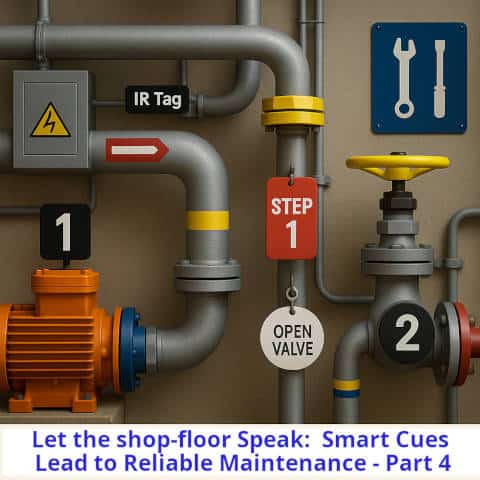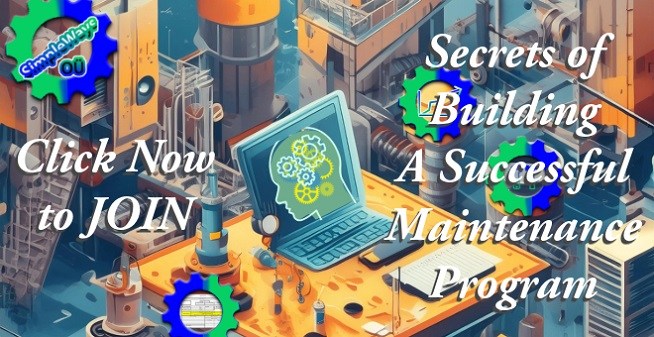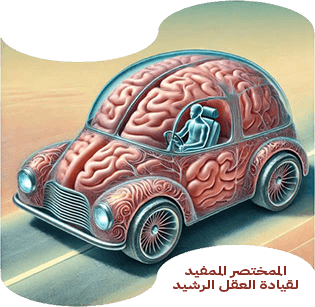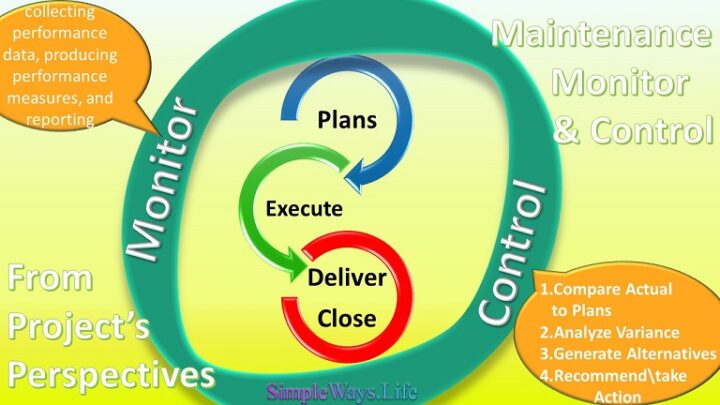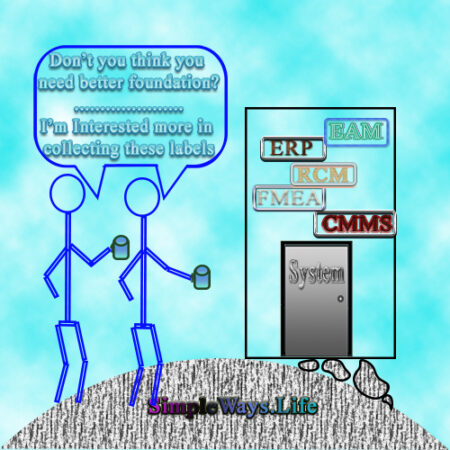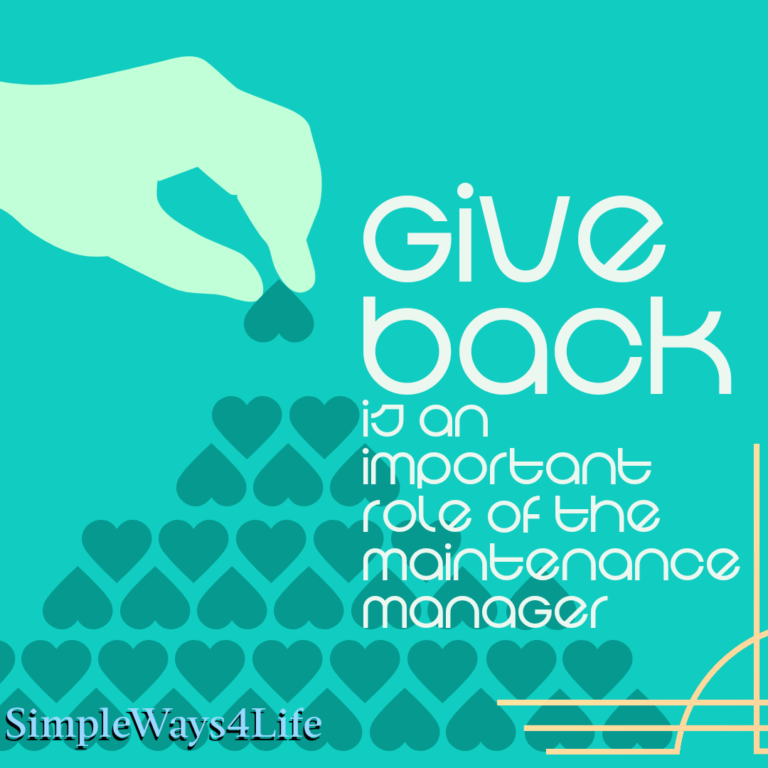A reliable maintenance system isn’t built by instructions alone. It’s also shaped by what the eyes see—and what the hands follow. Clear shop floor indications -Smart Cues- are often overlooked, yet they are powerful tools. They don’t just direct; they enable confidence.
That’s the role of smart cues. They aren’t necessarily digital. They’re smart because they remove doubt, confusion, and hesitation. These visual or physical signals guide quick, correct decisions. A color strip, a tactile bump, or a tag that says “Turn Me First” can stop a mistake before it happens. When smart cues are well-designed, technicians trust themselves more—and their teammates trust the outcome.
This clarity is especially important for newcomers or third-party teams. They step into the environment and instantly know what’s what, what’s safe, and what’s expected. Smart cues make every corner of the field speak the same language—without needing to ask. Achieving clarity in maintenance tasks is a crucial part of our training course Secrets of Building a Maintenance Program
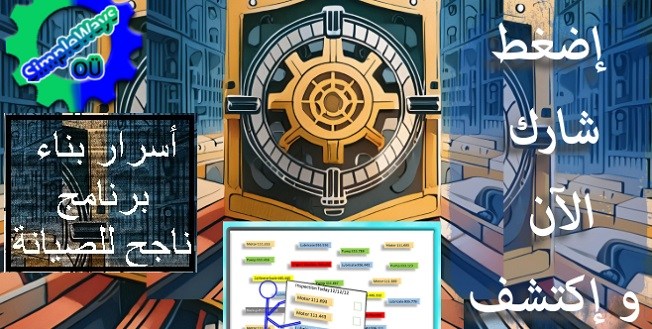
CUSTOMPRICE-TO2JAN26
In our previous parts, we asked:
- How much detail should go into a maintenance task?
- Can too much information slow us down?
- How can we use clear language to prevent mistakes?
- And how do visual guides reinforce understanding?
Smart cues are where those answers become real in the physical world. They bridge task design and field execution. Labels, markings, arrows, lighting, textures—these are not decoration. These are communication.
In the next sections, we’ll explore how to design effective smart cues, what makes them reliable, and how they support long-term clarity. You’ll see how small additions create major improvements in safety, performance, and team trust.
What Are Smart Cues?
Smart cues are subtle but powerful design elements that guide action on the shop floor. They reduce hesitation and boost reliability. To know more about Reliability join our course Mastering the Reliability Mindset

CUSTOMPRICE-TO2JAN26
They don’t need to be digital or complex. Smart cues are smart because they make the next step obvious. They use color, shape, position, texture, or numbering to lead the technician’s eye and hand—quickly and accurately.
Take clear equipment numbering, for example. When every valve or panel is labeled and matches the task sheet, confusion disappears. A tag that says “Step 1” removes doubt. A blue stripe around a component signals “inspect this weekly.” These cues are easy to follow and hard to get wrong.
Another smart cue might be a shadow board for tools. Each tool has a clear outline. Missing tools are instantly visible. Or think of a tactile grip added to a lever that must be pulled in emergencies. No need to stop and think—it just makes sense.
Smart cues also include symbols or markings that repeat across similar equipment. A yellow triangle might always mean “energized.” A dotted line might always trace a maintenance flow. These patterns build familiarity. The more we use them, the smarter they get.
What makes them reliable is their consistency. A cue must appear where it’s needed, when it’s needed, and mean what it should. Random labels or poorly placed stickers don’t help. Smart cues must be planned as part of the system.
And they work best when designed alongside the written instruction. That’s how smart cues complete the message—turning tasks from words into action.
Smart Cues Build Safety. Which is one of the prime motivator of RCM analysis. You can practice RCM analysis here: Mastering the Reliability Mindset

CUSTOMPRICE-TO2JAN26
Safety You Can See, Feel, and Trust
Safety doesn’t happen by luck. It happens when every action is clear, and every risk is marked without delay.
That’s where smart cues shine. They catch the eye before a mistake happens—and guide the hand toward the right move. A red tag warns “Stop.” A cover that won’t open unless it’s safe to do so protects everyone.
Even skilled workers can overlook danger, especially under pressure. But when a warning is built into the environment, hesitation drops and accuracy rises. Use stripes to show danger zones. Add tactile grips to emergency controls. Show “Do not energize” in large print and bold color. These are not just labels—they are safeguards.
And smart cues don’t just protect people. They also build team trust. When the workplace speaks clearly, no one needs to guess. Teams move faster and with more confidence, because they know what’s safe—and what’s not. Even newcomers or third-party technicians can follow the path without confusion.
In loud or poorly lit environments, visibility matters more than ever. A glowing warning or reflective tag makes sure nothing is missed. Add contrast where it counts. Add direction where time is tight. The cue is the first line of defense—and often, the last chance to act.
So don’t rely on documents alone. Bring safety onto the floor. Make it part of the layout, the gear, the tools. Every small signal adds up to a stronger, safer process.
Because when risk is real, only clear and trusted guidance keeps people safe. And smart cues deliver just that—before it’s too late. Know how to tune your mindset via the Mindset Manifesto
Ready to transform your mindset? Click and Get your copy > Now For Sale on Simpleways.life & Amazon
When the Smart Cues Get Smarter
Technology is changing how we see and follow instructions—but the goal stays the same: guide action, remove confusion.
That’s why smart cues are now going digital. They’ve moved from labels and stripes to sensors, tags, and screens. But their purpose is still clarity. That never changes.
Use QR codes on panels to link to short videos or checklists. A technician scans, learns, and acts—on the spot. No need to dig through binders or scroll through documents. Just scan and go.
Install IR (infrared) tags to track maintenance activity in real time. As tools or personnel pass, the system logs who did what, when, and where. These invisible cues improve traceability and accountability, especially in large or complex systems.
Smart sensors go even further. A vibration sensor on a pump tells the team when something feels off—before it breaks. A light that changes color shows whether a system is powered or safe to open. These aren’t just alerts—they’re action triggers.
You can also create digital overlays using AR (augmented reality). When someone looks at a machine through a tablet, the next step can light up. The maintenance sequence appears, layered on top of the real world. No guesswork. Just clear, guided action. You can delve deep about it here: The future of maintenance – Part 6 – Augmented reality in Maintenance
Even simple tools like NFC tags on handheld devices help. Touch a reader to a machine, and it opens the correct service log. It’s fast, direct, and accurate.
Smart cues are no longer just visual—they’re interactive. And as they evolve, they don’t replace humans. They support them. They make the environment smarter so decisions can be faster, safer, and more reliable.
And that’s the heart of smart cues—guiding the right move, right when it matters.
Final Thoughts: Let the Environment Work with You
Reliable maintenance isn’t just built in instructions—it’s built into the environment. Smart cues make the shop floor speak clearly. They guide actions, reduce errors, and protect people.
We saw how simple cues—labels, numbers, markings—make tasks faster and more reliable. We explored how these cues reinforce safety by preventing mistakes before they happen. And we looked at how digital tools like QR codes and sensors turn smart cues into real-time support systems.
But no matter the form—physical or digital—the goal is the same: show what to do, when to do it, and how to do it safely. A well-placed signal builds trust. It builds confidence. And it builds a culture where every technician feels supported.
Smart cues are not extras. They’re essentials. They don’t just improve maintenance—they make it reliable.
If you feel you need help with any of these ideas we discussed, request a Management Consultancy or Coaching Services From our Store

